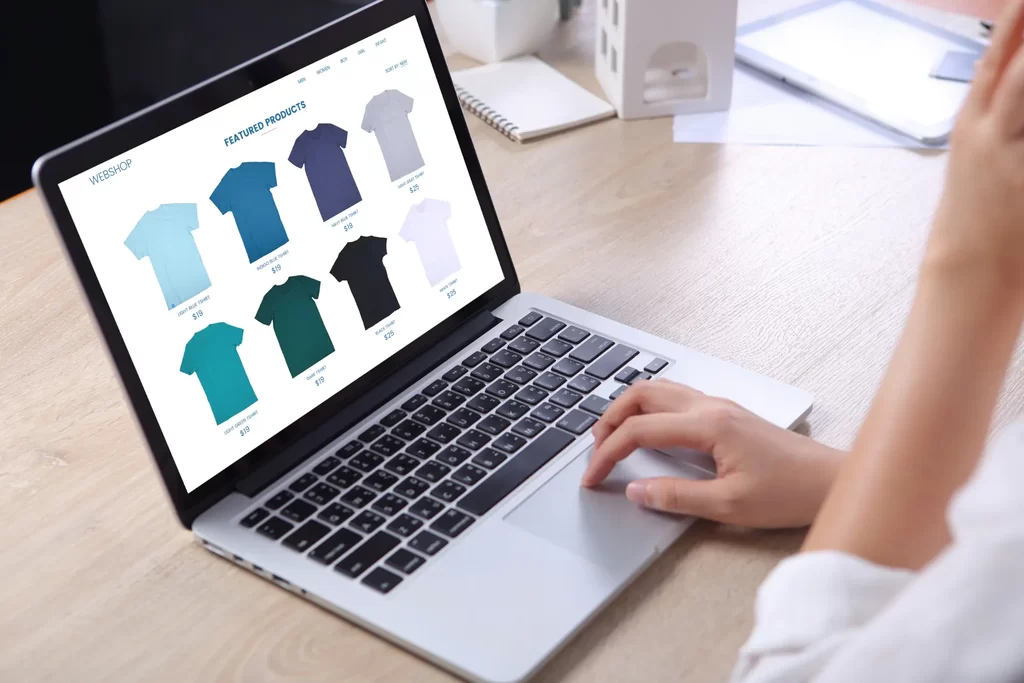Why Your eCommerce Store Needs a Professional Web Design?
In the fiercely competitive world of eCommerce, where first impressions are crucial, having a professional web design for your online store is paramount. A professional web design not only enhances the aesthetic appeal of your eCommerce store but also ensures optimal functionality, seamless user experience, and effective conversion optimization. It showcases your brand identity and instills trust and credibility in your potential customers, making them more likely to engage, browse, and ultimately purchase your products.
With an intuitive and user-friendly interface, a professional design guides visitors effortlessly through the purchasing journey, minimizing cart abandonment and maximizing sales. It enables you to incorporate advanced features like responsive design, mobile optimization, secure payment gateways, and personalized shopping experiences, ensuring your store stands out from the competition and captures the attention of today’s discerning online shoppers. Ultimately, investing in a professional web design empowers your eCommerce business to thrive, create a lasting impact, and achieve the growth and success you aspire to.





